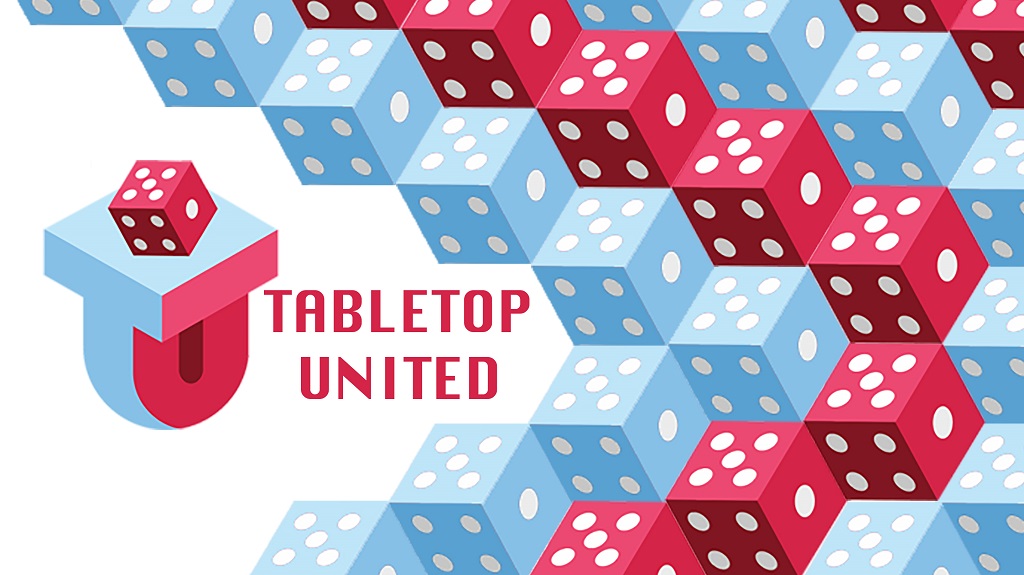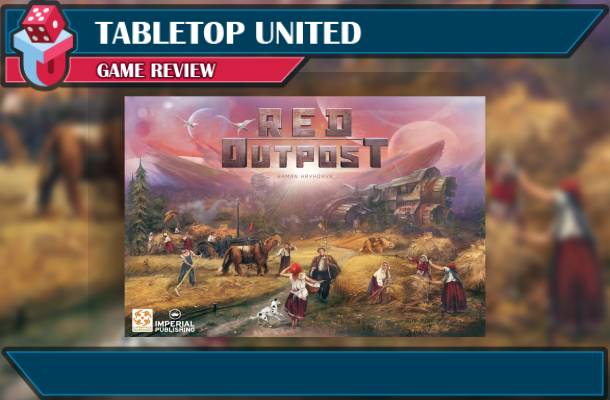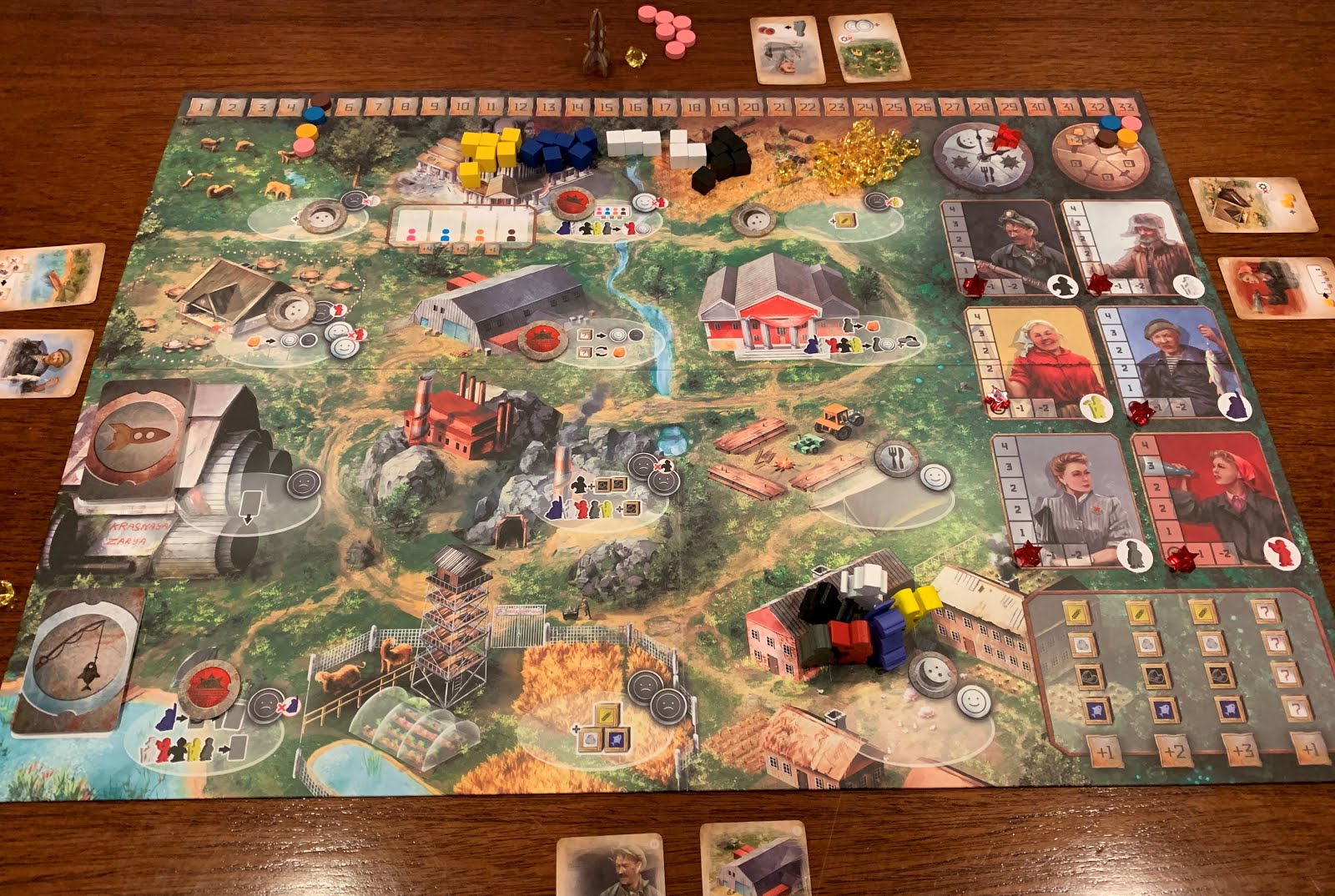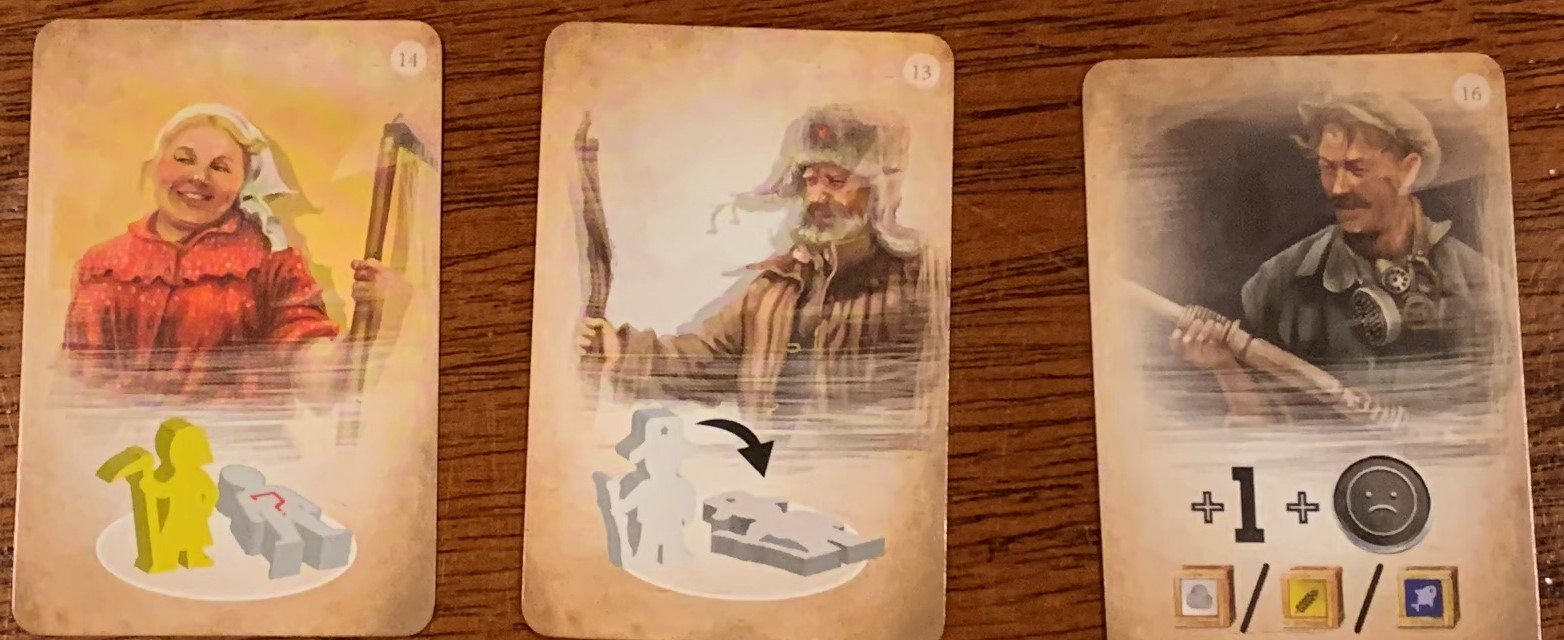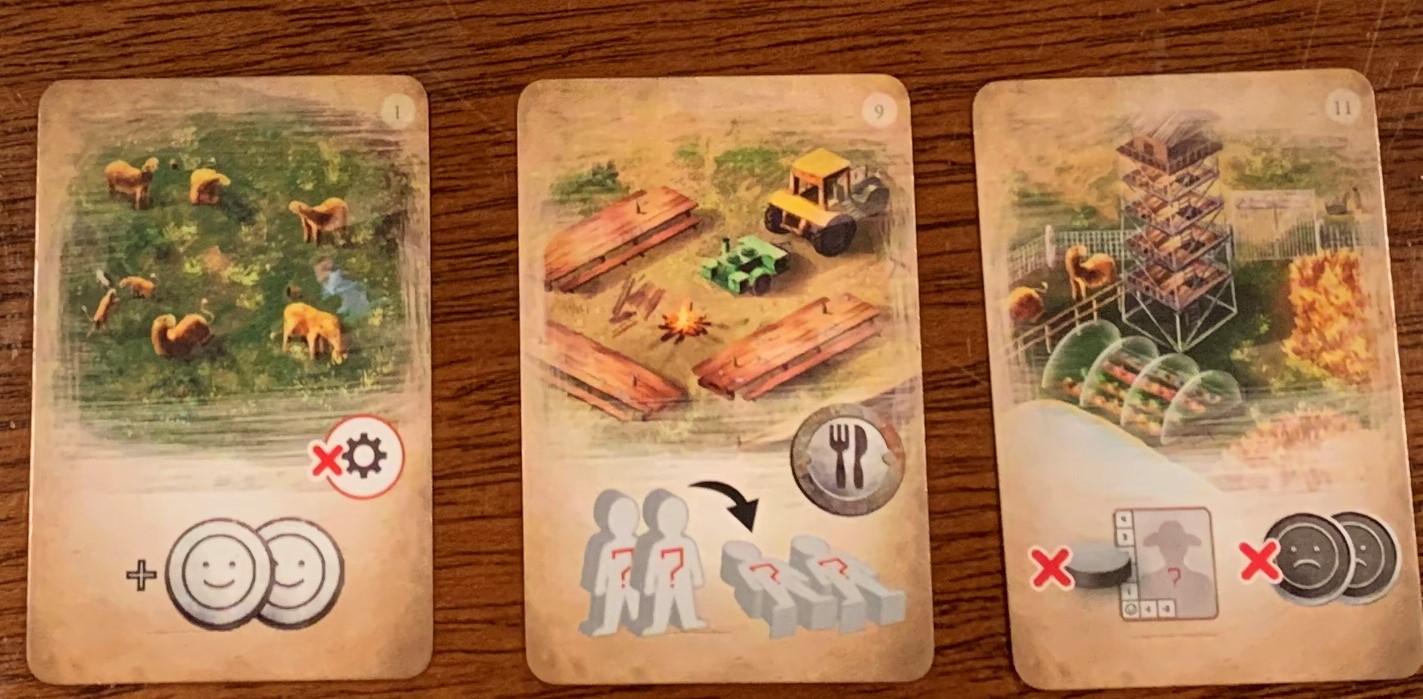Red Outpost
Designer: Ramon Hryhoryk
Artist: Irina Pechenkina, Maxim Suleimanov
Publisher: Imperial Publishing
Year Published: 2020
No. of Players: 1–4
Ages: 10+
Playing Time: 30–60 Minutes
Main mechanic / Theme: Worker Placement
Using the same workers gives the additional twist on this worker placement strategy. You can take the location or the worker.
Find more info on BoardGameGeek.com (link)
Overview:
During the Cold War, the Soviet Union sent out a spaceship to colonize a planet. The Krasnaya Zarya (Red Morning Star), crash landed on a distant planet, which is now your home. Before you, the men and women of the colony worked hard to build a home here. Now it is your turn to take up the reigns of leadership and lead the people forward.
Red Outpost is a cooperative/competitive worker placement game. The goal is to gain the most victory points in two turns of play by directing the workers to produce supplies, improve morale, show your support to the government, and gain crystals.
We played a 2-player, and a 4-player game and found the allowable structure worked well for both the minimum and maximum number of players. And Red Outpost provided good variability allowing for back-to-back games without being overly repetitious. We were playing a prototype of the game.
We enjoyed Red Outpost and the difference the structure of everyone having to use the same workers along with the same placement options.
Gameplay and mechanics:
Red Outpost has only 2 turns. Each turn has 5 phases. Each of the phases has specific allowable actions.
Morning Phase
In this phase each player moves 1 of the workers from the barracks to one of the available locations. There are 3 of the locations that are unavailable during the Morning Phase.
The first player chooses which worker they want to move. They lay the marker down to show it cannot be moved again during this phase. They place an Influence Marker on the worker’s portrait, take the action of the location or one of their applicable cards, and adjust the worker’s mood accordingly.
The next player has the limitation of not being able to move the worker already moved, or utilizing a space occupied by another worker (unless they have a card that allows that worker to do so). They complete the same action of placing an Influence Marker, taking the action, and adjusting mood.
The Morning phase continues until each player has moved 1 worker. The rest of the workers have been given the opportunity of sleeping in, which improves their morale.
The first player marker is moved clockwise.
The 1st Half of the Day Phase
Stand up all the workers that had been moved. They are now available to do something different. All of the locations that were designated as closed in the morning are now open.
Starting with the new first player, repeat the moving of the workers. In this phase all of the workers are moved. In a 4-player game, this means 2 players will move 2 workers and the other 2 players will only move 1.
Again, when done pass the first-person marker.
Lunch Phase
During Lunch the Field Kitchen is open and it is the only place you can move workers to.
Each player moves only 1 worker to the Field Kitchen. The remaining workers are still fulfilling their work assignments.
After each player takes their turn, pass the starting player marker.
The 2nd Half of the Day Phase
The Second Half of the Day is played just like the First Half. In this phase, in a 4-person game, the additional workers will be moved by the players who didn’t get to move 2 during the First Half.
Evening Phase
Before moving a working in the Evening Phase designate the locations that are closed and unavailable for workers to move to. The Barracks is also open during this phase and workers can be moved back to their rooms.
Each player only moves 1 worker. This leaves workers out in other areas as night closes in.
Scoring the Turn
At the end of the Evening Phase the workers’ moods are scored.
After scoring, all of the workers are placed standing up in the Barracks, the locations that were close in the Evening are opened and the Morning ones closed. Pass the starting person marker and repeat for Turn 2.
At the end of scoring Turn 2, do the Final Scoring to determine who the most influential citizen of the colony is.
Theme, Artwork and Illustration, Graphic Design and Layout
The artwork has a feel of the Soviet Union’s theme of raising the workers of society. This goes with the rulebook, the board, and right down to the shape of the meeples.
Final thoughts:
We played a more cooperative game and one that was more cutthroat. Both of them played out well and maintained a balance to the scoring. If one player starts going for the undercutting of action, it pretty much pushes the game more in that direction. You can still keep a strong heart of helping, but it is harder to do when you see others utilizing your hard work for their personal gain.
After our games, all the players wanted to play again because of the different directions game can take. They also liked the design of quick play.
About the Author:
Daniel Yocom does geeky things at night because his day job won't let him. This dates back to the 1960s through games, books, movies, and stranger things better shared in small groups. He's written hundreds of articles about these topics for his own blog, other websites, and magazines after extensive research along with short stories. His research includes attending conventions, sharing on panels and presentations, and road-tripping with his wife. Join him at guildmastergaming.blogspot.com.
